An office desk is arguably one of the most important pieces of office furniture. Without a suitable desk, standard daily office tasks would be hard to complete, and employees would no longer have a dedicated space to work.
Office desks are also used to store files and important documents, for writing purposes and to house computer systems. As a result, the right office desk can help employees be more productive and better organised.
It is therefore important that office desks are appropriate for their office setting, suit the nature of the business and support an employee’s daily needs.
In this blog, we’re going to discuss 6 types of office desks to help you choose which one is the right fit for your office space.
As the name suggests, a writing desk is primarily used for writing and light work. As a result, it isn’t intended for long periods of use.
In terms of design, a writing desk tends to compromise of a small, thin, rectangular writing surface with four legs, and an open area underneath. Occasionally, some writing desks will come with small storage drawers too.
For businesses with a full-time office working model, writing desks don’t tend to support a worker’s daily duties effectively due to their small design and little storage. However, for offices with a hybrid working model, a writing desk can be useful.
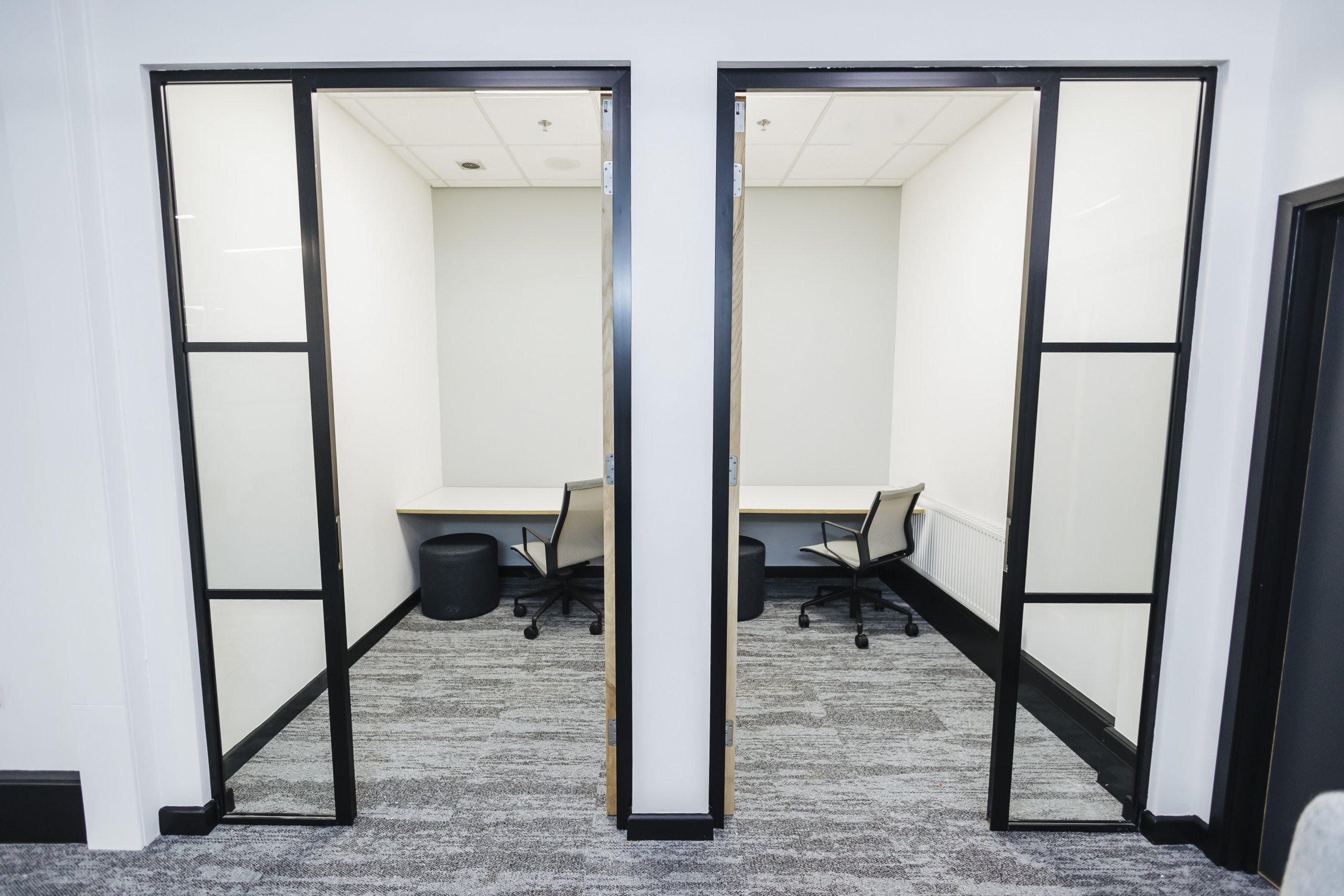
Where hybrid staff may only be in the office once a week, fortnightly or monthly, there is lesser need for a desk with ample storage or desk space. As a result, writing desks can be a simple and cost-effective choice to service staff on a temporary basis.
As an added bonus, due to their simple design and size, writing desks often come at a reduced price point too, and are easy to incorporate into any office design.
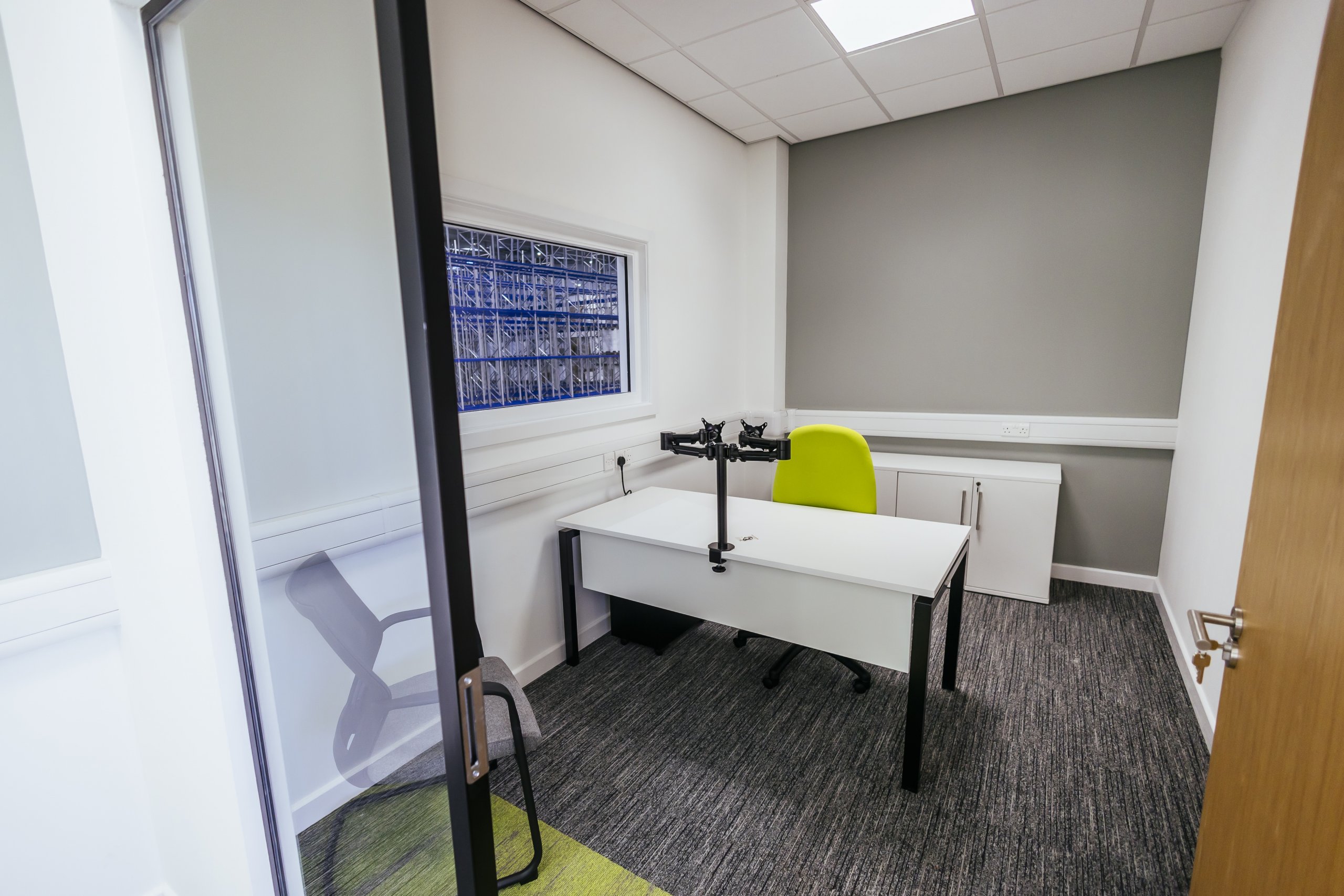
Another type of desk more commonly found in offices is a secretary desk. A defining factor of any secretary desk is its storage features.
Designed with lots of nooks and drawers, a secretary desk is the perfect office furniture addition for workers who handle a lot of paperwork.
As well as facilitating traditional, paper-based job roles, secretary desks are also an ideal option for employees who require the use of technology at their desks too.
More modern versions of this office desk come with small, built-in cubby holes where keyboards and mouses can be stored neatly
to free up desk space, as well as cable management systems so electronic wires can be better organised and easily accessible.
Computer desks, in design, are incredibly similar to secretary desks. Where in the past, secretary desks may not have needed to be functional for desktops, keyboards, and other related technology, it is now essential due to the fact that a large proportion of most employee’s work is done online.
However, there is a defining feature of a computer desk which is its size. Where secretary desks can usually house only a laptop or desktop computer, computer desks are built so multiple devices can be placed on the desk at once.
Whether this be a laptop and desktop, or multiple desktop computers set up in a row, this type of desk provides ample
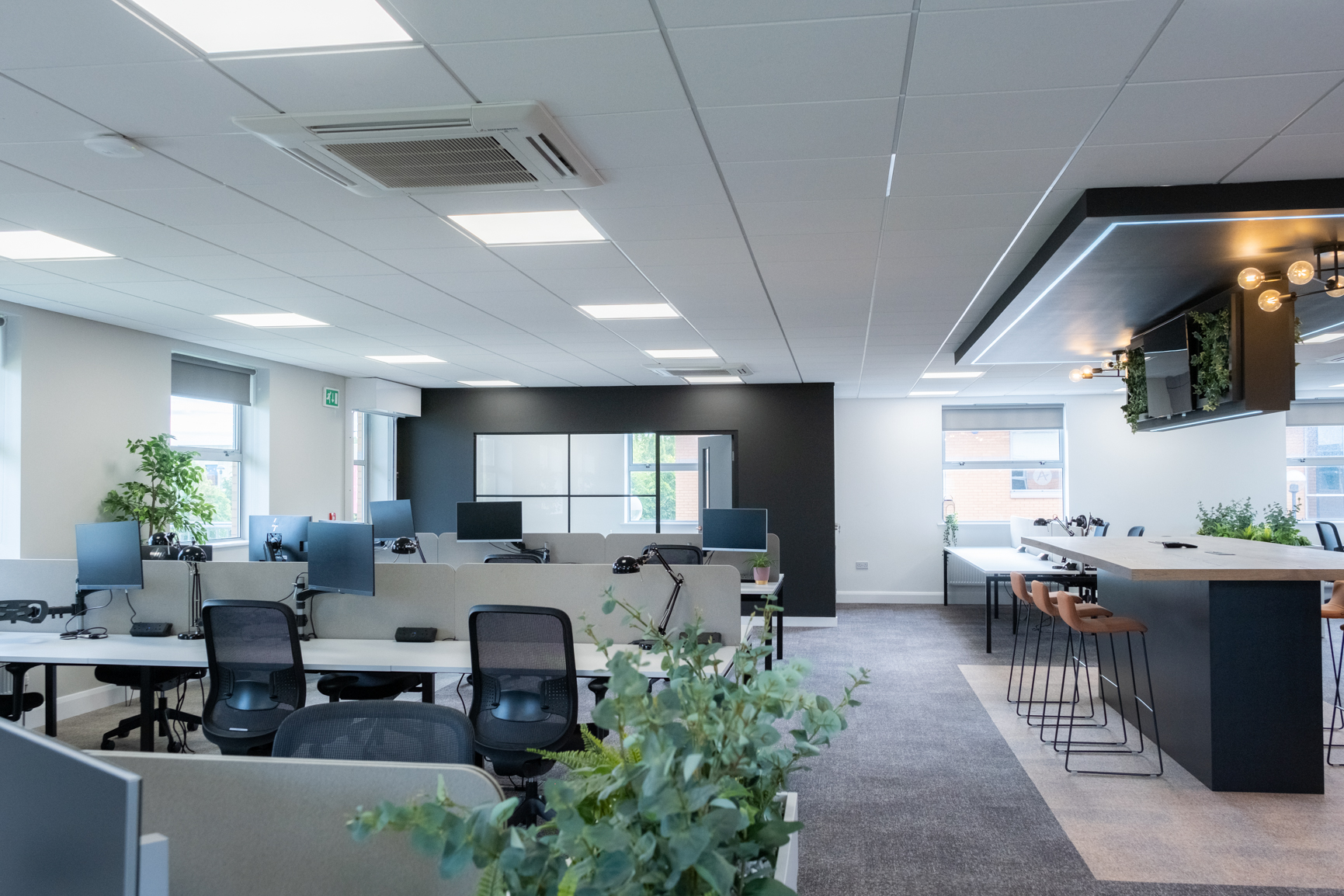
space for whatever technological set up employees may have.
This type of desk will be particularly beneficial for those employees working in industries such as finance or tech, who will benefit from having multiple screens in front of them at once.
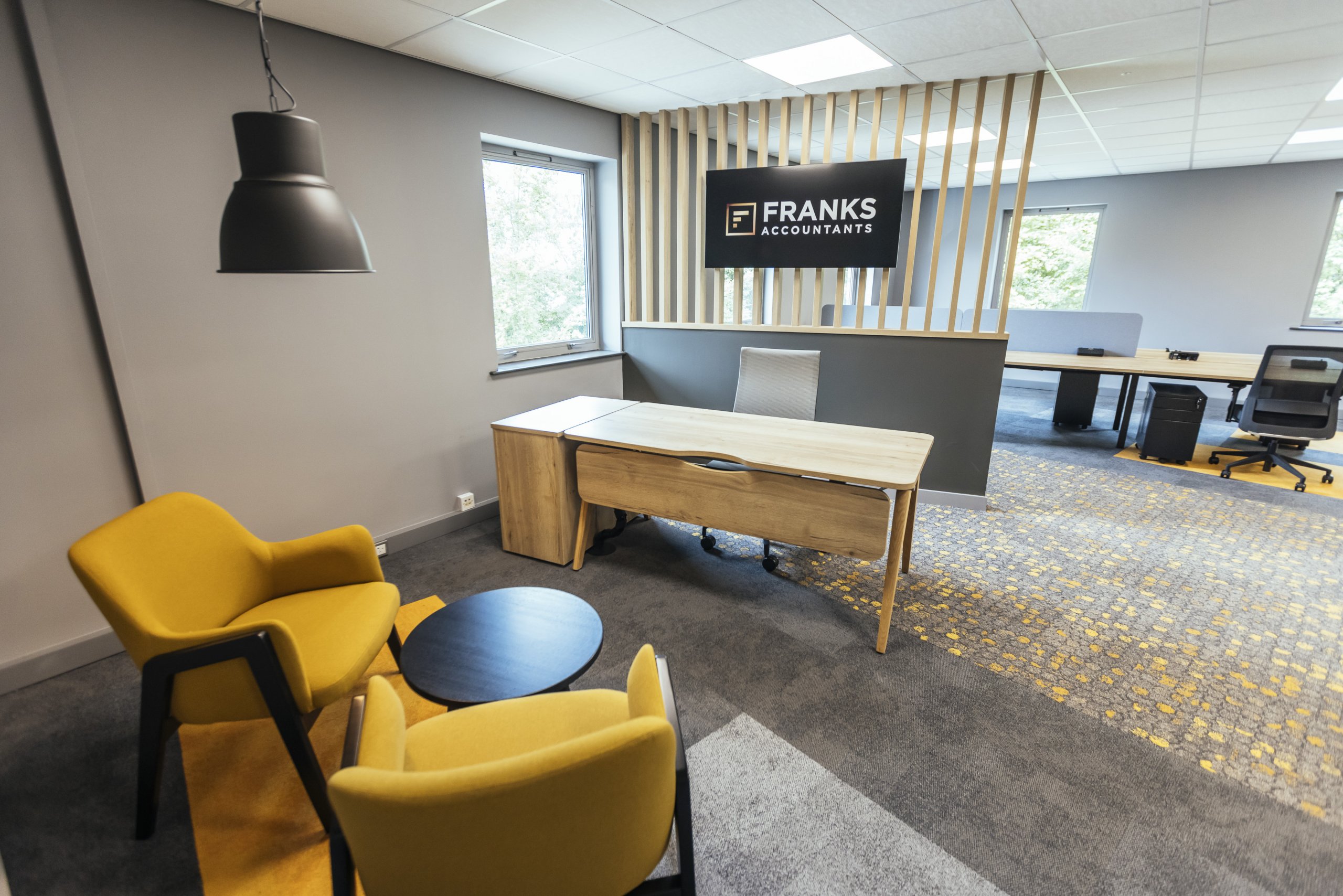
An executive desk is the most common desk type used in office design. An executive desk comes with large amounts of rectangular desk space and additional storage options too. This can include deep drawers, cabinets, and sometimes hidden shelving.
Due to their size, executive desks can facilitate employees substantially when working on big projects or when situations arise where quick collaboration sessions are needed.
These defining features are what make an executive desk suitable for those employees working in the office full-time or for employees who prefer ample storage space whilst working.
An L-shaped desk may seem like an unusual addition to an office; however, they can be highly effective in your workspace. L-shaped desks are designed with two workspaces of the same length, which are placed perpendicular to each other.
This particular design of desk allows employees to work on multiple tasks at once whilst still having all of their work in arms reach. Particularly if your office space is design-led, this type of desk can be ideal for those employees involved in design work, but who also need to complete admin tasks from their desk as well.
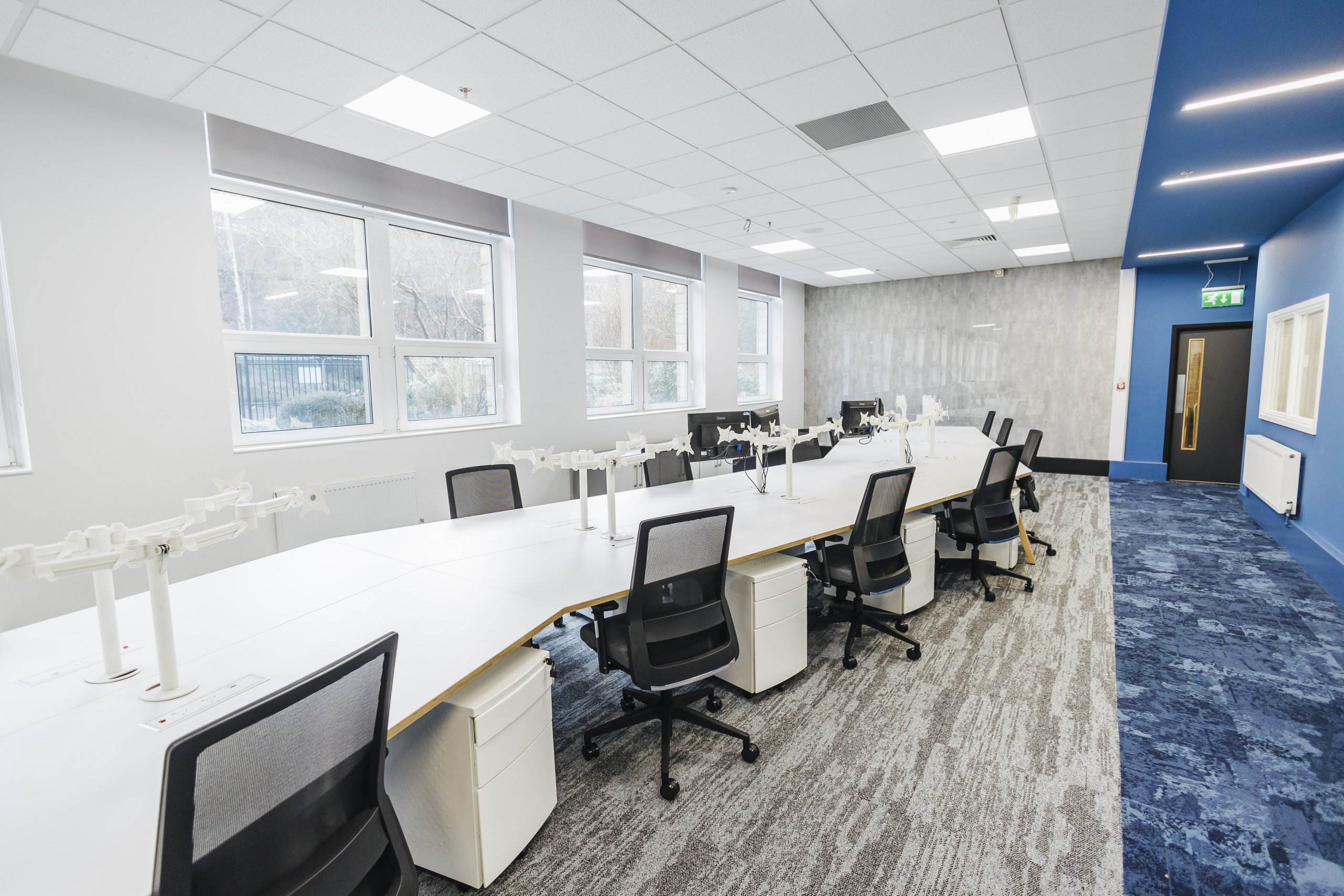
Their shape is also extremely space efficient. An L-shaped desk can be fitted neatly into any corner of a room and allow you to make better use of any additional floor space.
However, it should be noted that this shape also forces employees into a corner and can potentially limit interactivity between employees. Although this isn’t always the case, we this it’s important to check-in with your employees to see what desk style would work best for them, and what they would be comfortable with before making any final decisions.
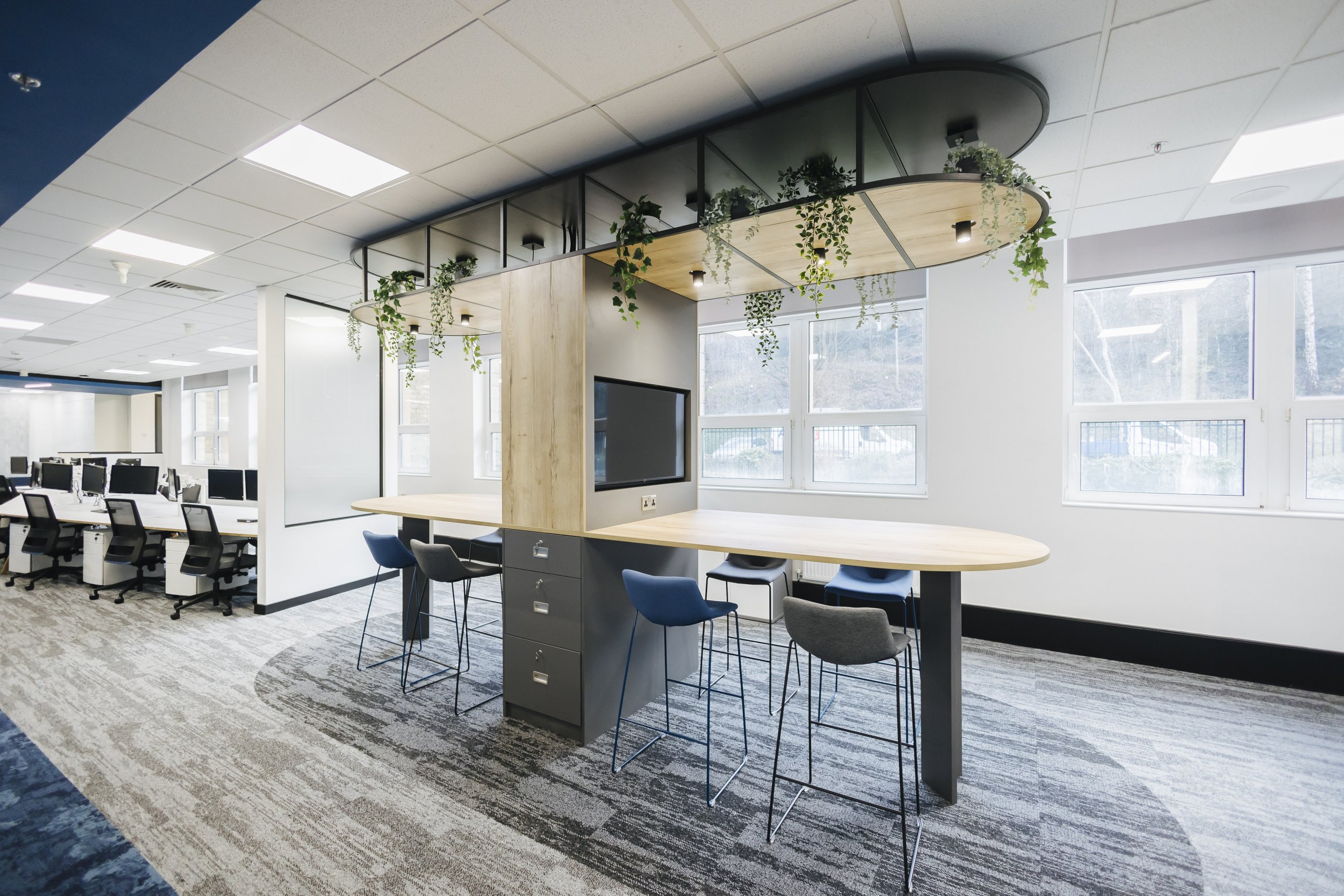
Standing and adjustable desks have also become an extremely popular office furniture trend this year and have begun to appear in offices across all industries.
With a continued emphasis on positive physical and mental health in the workplace, more discussions are being had about the dangers of sitting for long periods of time. The NHS have stressed that prolonged periods of sitting can lead to health issues including slow metabolism, poor blood pressure and weight gain.
Whilst on work calls or when participating in important meetings, workers can remain seated however at other times in
the day, employees can revert to a standing position to make sure they are getting an ample amount of movement in throughout the day.
Studies observing this way of working have further found that standing desks help to improve employee performance and boost productivity to a point where many employees find themselves standing at their desk for most of the working day, rather than sitting.
At Building Interiors, we also offer a variety of other office furniture as well as office desks. This includes:
Once you have received your office furniture, our in-house experts can also help you with your office space planning to help optimise your workspace and your team too.
If you would like to discuss how we could help you with any of your office furniture needs, get in touch with Building Interiors today on 0113 388 6522 or email us at contact@buildinginteriorsgroup.co.uk.